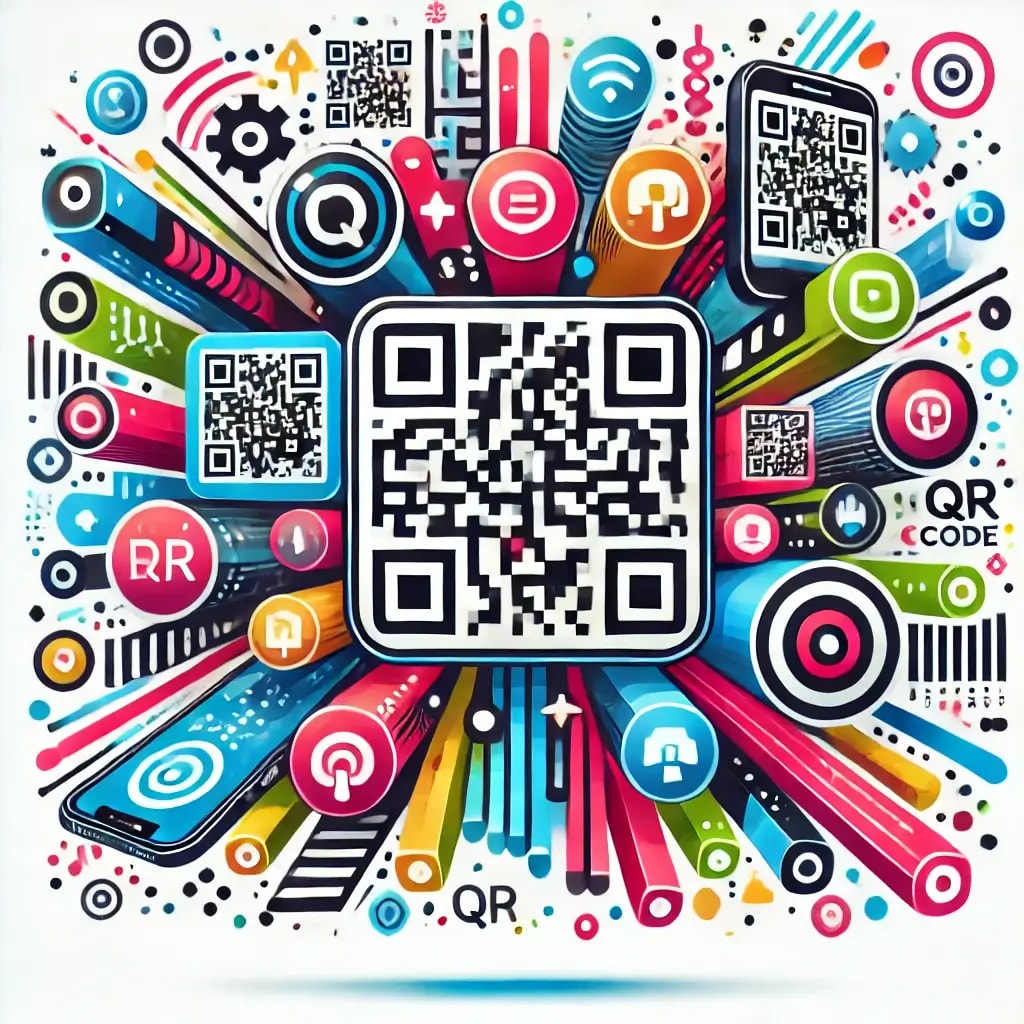
How to Create Effective QR Codes for Your Offline Marketing Campaigns
Last updated on: July 8, 2025
QR codes are powerful tools for bridging offline and online marketing. Whether you're using them on business cards, posters, product packaging, or billboards, a well-designed QR code can drive engagement, track campaign performance, and enhance customer experience.
Here's how to create effective QR codes for your offline marketing campaigns:
1. Choose the Right QR Code Type
Not all QR codes are the same. Depending on your goal, you might need:
Ready to Track QR Code Scans by Location?
Discover exactly where your offline campaigns get scanned with geolocation tracking - see cities, neighborhoods, and venues driving engagement.
No credit card required • Free 7-day trial
- URL QR Codes – Direct users to a website (e.g., landing page, promo offer).
- vCard QR Codes – Share contact details instantly.
- Wi-Fi QR Codes – Allow guests to connect to your network without typing passwords.
- Event QR Codes – Link to event registration or tickets.
Need a free QR code generator? Try our QR Code Generator —no sign-up, no expiration!
2. Ensure High Scan Success Rate
A QR code that doesn't scan is useless. Follow these best practices:
- Use sufficient contrast (dark on light background).
- Keep a clean "quiet zone" (blank space around the code).
- Test on multiple devices (iOS, Android, different QR scanners).
- Avoid distortion (don't stretch or warp the QR code).
Learn more: What is a QR Code?
3. Track Performance with UTM Parameters
Want to measure QR code scans? Append UTM tracking to your URL:
?utm_source=poster&utm_medium=qr&utm_campaign=summer_sale
This helps in Google Analytics to track which offline campaigns drive the most traffic.
Pro Tip: Use our UTM Builder Tool to generate trackable links easily.
4. Add a Call-to-Action (CTA)
A QR code alone isn't enough—tell users why they should scan it. Examples:
- "Scan to Get 20% Off!"
- "Scan for Instant Contact Info"
- "Scan to Join Our VIP Club"
5. Make It Visually Appealing (But Functional)
Custom QR codes can boost engagement, but:
- Use brand colors (but ensure scannability).
- Embed a logo (if the code remains readable).
- Avoid over-designing (some scanners struggle with stylized codes).
Try our Free QR Code Generator with customization options.
6. Test Before Mass Printing
Before printing 10,000 flyers:
- Test on different materials (glossy vs. matte paper).
- Check different lighting conditions (indoor vs. outdoor).
- Verify mobile compatibility (older vs. newer phones).
Final Thoughts
QR codes are a low-cost, high-impact way to connect offline audiences to your digital content. By following these best practices, you'll ensure maximum scans and better campaign tracking.
Ready to create your perfect QR code?
Generate a Free QR Code Now (No sign-up, no expiration!)









